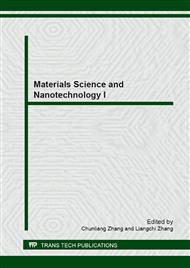p.645
p.651
p.657
p.662
p.668
p.673
p.679
p.684
p.689
Numerical Simulation of the Performance-Based of the Building Fire Protection Safety Evaluation
Abstract:
In order to understand the fire safety of the various types of buildings, we need more flexible and efficient performance-estimating methods to verify fire protection safety in various types of buildings. Assuming can utilize computer fire simulation software CFAST / FDS + Evac to analyze Taiwan's domestic fire cases, in order to understand in the different fires heat flow transfer, and toxic smoke diffuse, and human evacuation to escape, and other important fire parameter characteristics, in the building the fire protection safety evaluating to produce the efficiency. This study is used cases of fires in four-story old-style residential and commercial mixed-use buildings to explain building fire performance-based numerical evaluation methods, and to provide quantitative data and reference information in Taiwan performance-based codes creating and the fire protection to project design is helpful in the buildings.
Info:
Periodical:
Pages:
668-672
Citation:
Online since:
December 2012
Authors:
Keywords:
Price:
Сopyright:
© 2013 Trans Tech Publications Ltd. All Rights Reserved
Share:
Citation:


